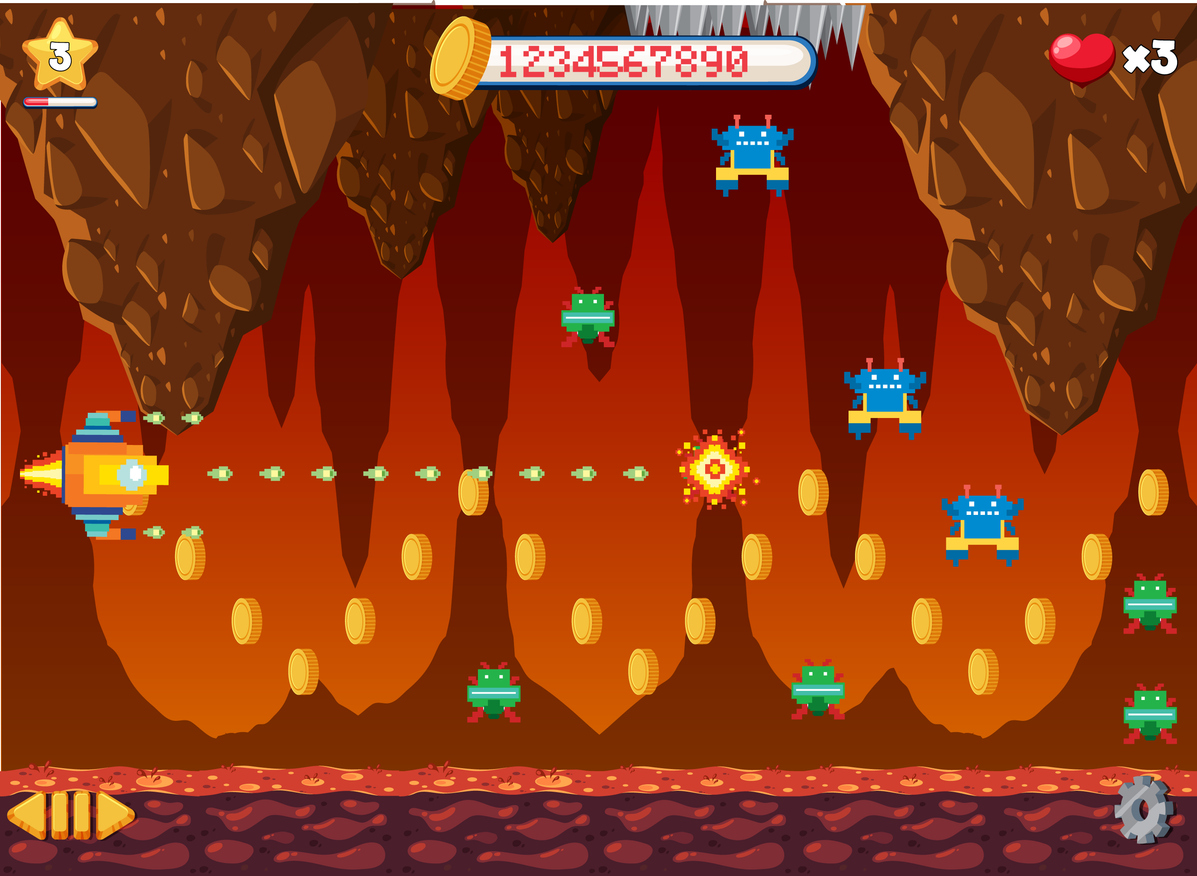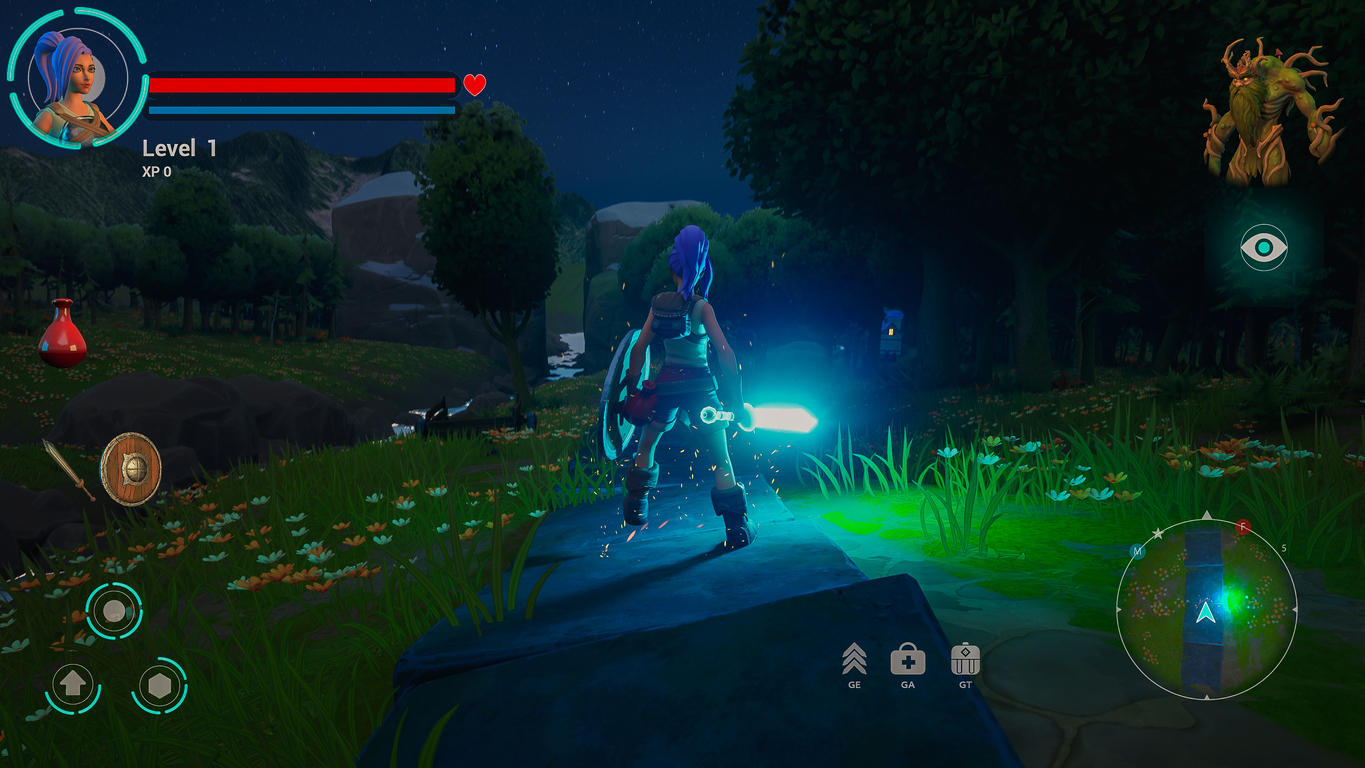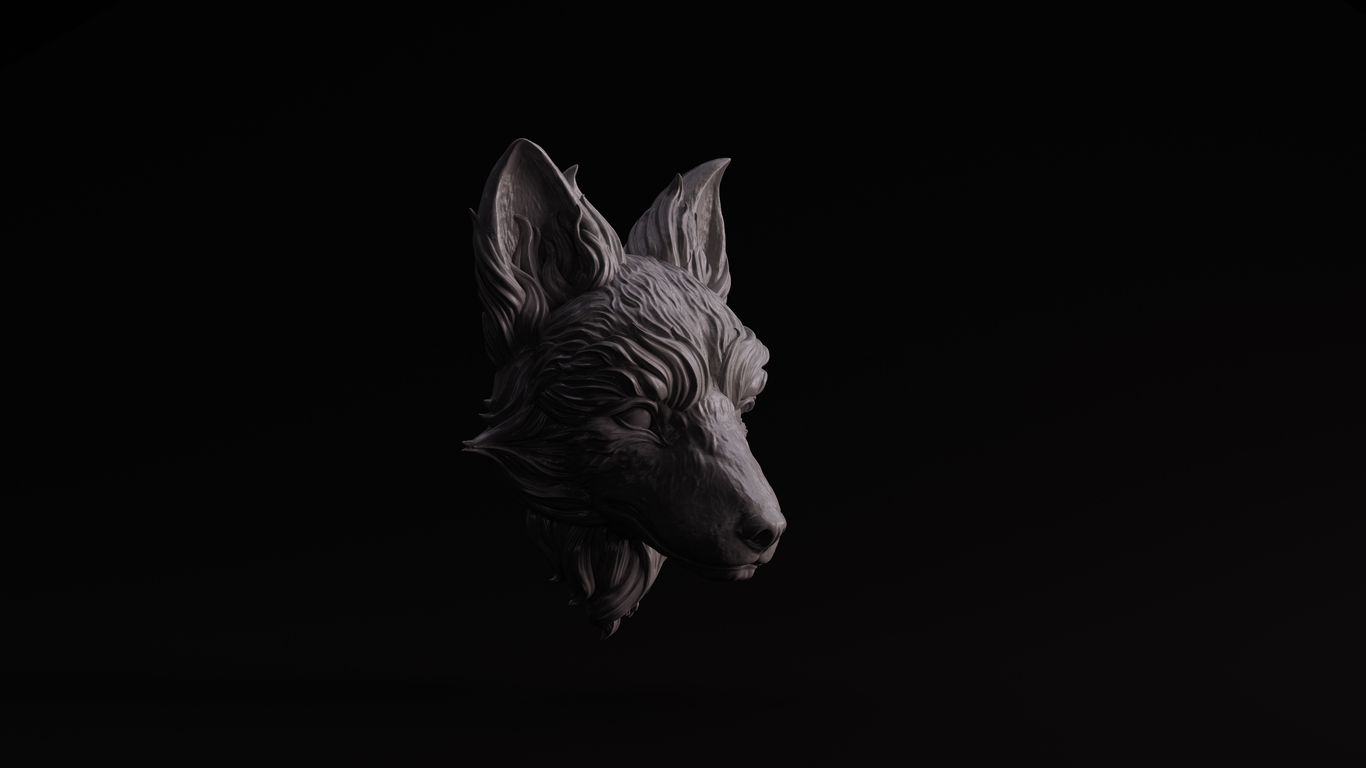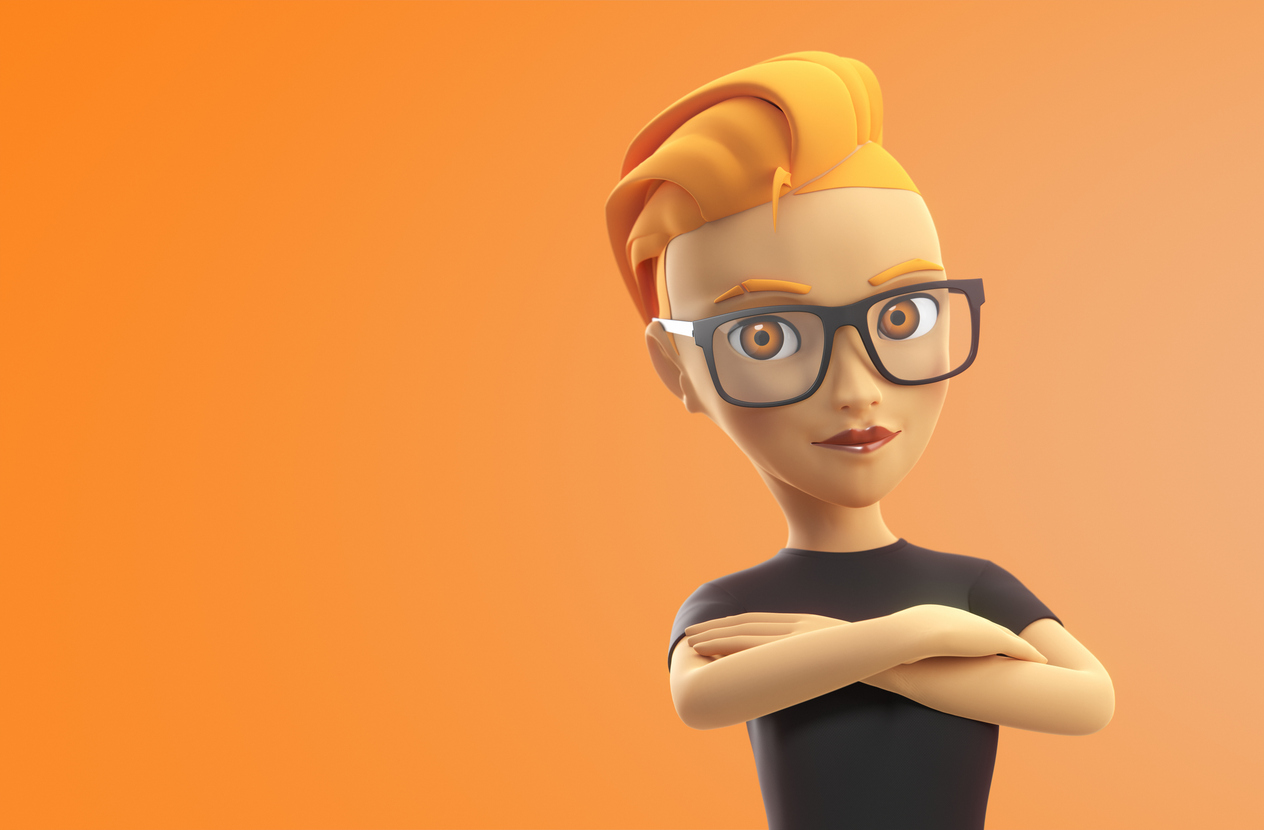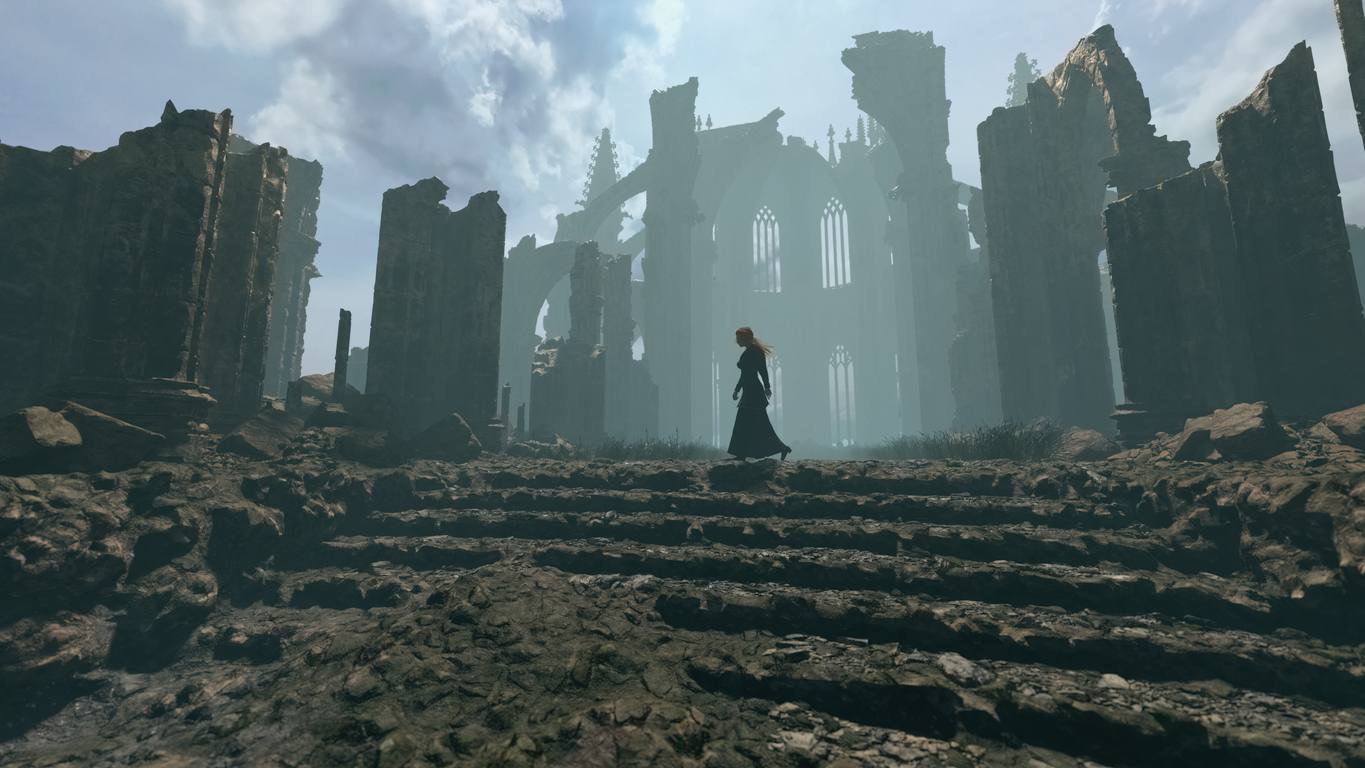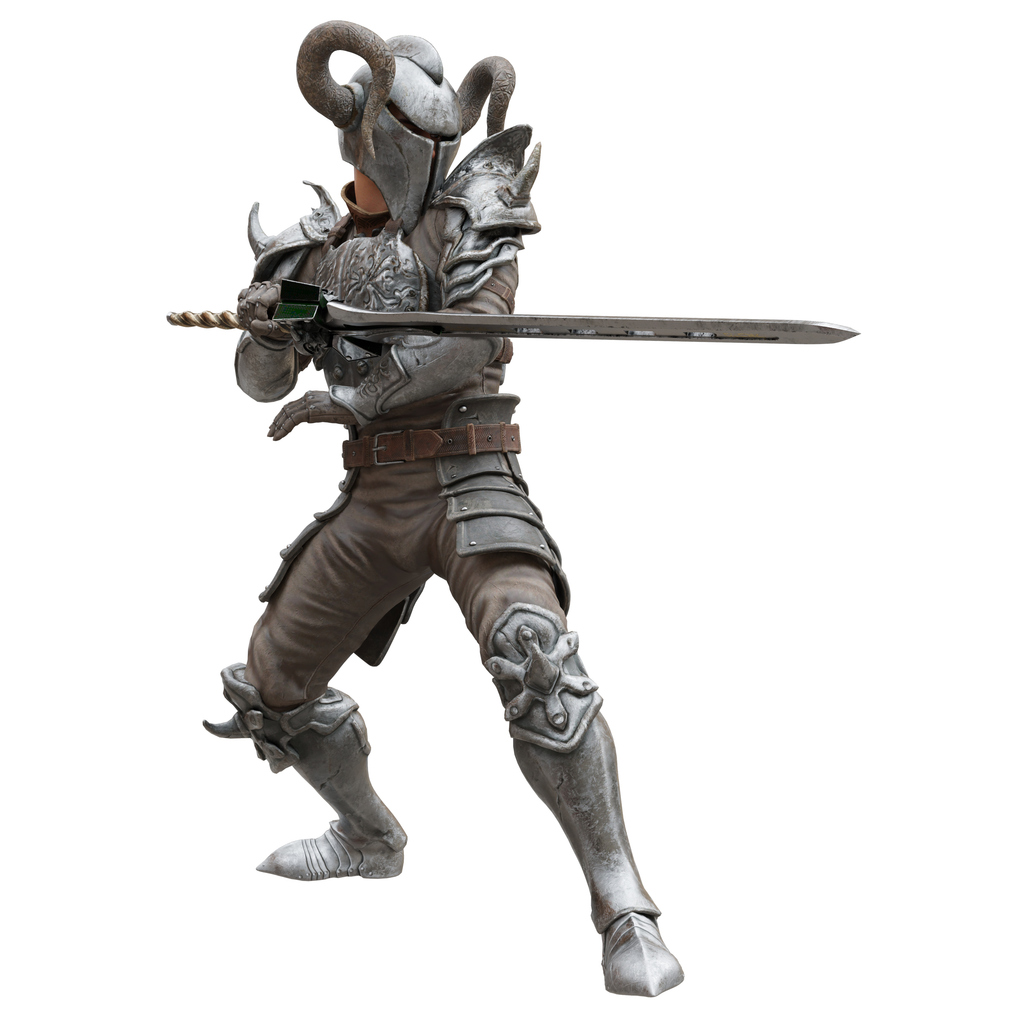In today's fiercely competitive creative industries, a resilient design portfolio is more than just a collection of your work; it is your ticket to standing out and launching a successful career. Whether you are an aspiring 3D animator, an interior designer, or a graphic artist, your portfolio is your most powerful storytelling tool. It highlights not only your technical skills but also your unique vision, creativity, and professional growth.
For prospective students eager to break into these vibrant fields, understanding how to build a compelling portfolio is crucial. In this blog, we will cover everything you need to know about creating an outstanding portfolio, with a special spotlight on how VCAD's 3D Modeling Animation Art and Design Diploma, Interior Design program, and Graphic Design program can help you build a portfolio that shines.
What is a Design Portfolio?
A design portfolio is a curated collection of your best creative work, carefully assembled to demonstrate your skills, versatility, and personal style. More than just a gallery, it tells a story about who you are as a designer, your creative process, and the evolution of your abilities. Whether applying for a college program, freelance projects, or a professional position, a strong portfolio is what decision makers use to evaluate your potential. It is proof of your ability to think creatively, solve problems visually, and execute designs with both technical proficiency and artistic flair.
What Are the Different Types of Portfolios?
Depending on your specialization, design portfolios come in different forms:
- 3D Animation Portfolio: Highlights character animation, rigging, modeling, rendering, and storytelling through animated sequences.
- Graphic Design Portfolio: Highlights brand design, illustration, typography, web design, marketing materials, and case studies.
- Interior Design Portfolio: Features project photography, mood boards, sketches, 3D renders, and detailed explanations of spatial concepts.
Each type requires specific elements, but all share a common goal: to present your creative journey in a visually compelling and cohesive way.
Tips for Building a 3D Animation Portfolio
Creating a strong 3D animation portfolio is your golden ticket to entering the exciting world of animation, whether it is for feature films, video games, VR experiences, or commercial work. More than a simple collection of clips, your portfolio should tell a captivating story about your skills, creativity, and technical expertise. Here is a comprehensive guide to help you assemble a portfolio that truly shines:
1. Lead with Your Strongest Work
First impressions matter and in the competitive animation industry, you often have mere seconds to capture a viewer’s attention. Begin your demo reel with your most dynamic, polished, and impressive animation. Choose a clip that instantly hooks the audience, demonstrating your ability to create lifelike motion, expressive characters, or breathtaking visual effects. Remember, recruiters and hiring managers sift through countless reels starting strong will make them want to see more rather than move on to the next candidate.
Pro Tip: After grabbing attention with your strongest work, maintain the momentum by carefully arranging subsequent pieces to keep the viewer engaged.
2. Keep it Concise
Less truly is more when it comes to your demo reel. Ideally, your 3D animation portfolio should run between 60 to 120 seconds. Why? Studios, recruiters, and creative directors are busy they appreciate reels that get straight to the point and display only your best work without filler. Every second of your reel should be purposeful, demonstrating a specific skill, technique, or creative decision. It is better to leave your audience impressed and wanting more than to bore them with a lengthy, diluted compilation.
Pro Tip: If you are just starting out, even a 30-60 second reel can be highly effective provided it is packed with high quality animation.
3. Show a Range of Skills
Versatility is a major asset in the world of 3D animation. Your portfolio should demonstrate a wide range of skills and animation techniques.
Make sure to include examples such as:
- Character animation: Show emotional performances, body mechanics, dialogue scenes, and personality driven actions.
- Environmental animation: Animate elements like weather effects, water, trees, or background interactions.
- VFX shots: Showcase simulations of fire, smoke, destruction, magic spells, or particle systems.
- Rigging examples: If you have rigging skills, briefly demonstrate your rig setup or character deformations.
A varied portfolio proves that you are adaptable and can handle diverse tasks, making you a more attractive hire for studios with different project types.
Pro Tip: Tailor your selection depending on where you are applying games, film, advertising, and VR projects all emphasize several types of animation.
4. Highlight the Storytelling
Animation is about storytelling. While technical skills are essential, studios are often looking for animators who can infuse life, emotion, and intent into their characters and scenes. Your best clips should not only display beautiful motion but also tell a story even in just a few seconds. Focus on pieces where characters show clear motivations, emotional arcs, or dynamic interactions with their environment. Think about body language, timing, anticipation, and subtle nuances, all the minute details that make animation believable and captivating.
Pro Tip: Even a simple scene, like a character picking up an object or reacting to unexpected news, can demonstrate your ability to communicate story and emotion effectively.
5. Provide Context
When you highlight a clip in your portfolio, it is important to provide some background information. In a caption, end credit, or a separate breakdown document, explain:
- What the project was (personal, school, freelance, or studio work)
- Your specific role and responsibilities
- What tools/software you used (e.g., Maya, Blender, Unreal Engine)
- Any creative challenges you faced and how you solved them
If the piece was part of a team project, be clear about what parts you personally animated or developed. Transparency builds trust with recruiters and shows professionalism.
Pro Tip: Some animators add quick text overlays or a PDF breakdown available with the reel to give even deeper insight into their contributions.
6. Use Professional Presentation
A professional looking reel can make all the difference. High quality rendering, thoughtful editing, and careful audio selection can elevate your animation work significantly. Here is how to polish your presentation:
- Render at high resolution: Ideally 1080p or higher.
- Edit cleanly: Transitions between clips should be smooth and unobtrusive.
- Use appropriate music or sound design: Choose background music that complements the tone of your reel but does not overpower the animation. Avoid music that distracts from the visuals.
- Add title cards: At the beginning and end, include a simple card with your name, specialization (e.g., "3D Animator"), contact information, and portfolio website link.
- Keep branding consistent: If you have a logo, colour theme, or visual identity, weave it subtly into your reel.
Pro Tip: Triple check for typos, spelling errors, or outdated links before finalizing and publishing your portfolio.
How VCAD Supports 3D Animation Portfolios
The 3D Modeling Animation Art and Design Diploma at VCAD provides hands on training with industry standard tools like Maya, ZBrush, and Unreal Engine. Students work on real world projects, developing a professional quality demo reel under the guidance of expert instructors. Career services also help students polish their reels and prepare for studio opportunities.

Tips for Building a Graphic Design Portfolio
In the world of graphic design, your portfolio is not just a collection of images it is a carefully crafted narrative that highlights your creativity, technical expertise, and unique artistic voice. Whether you are aiming for a career in branding, advertising, digital media, or UX/UI design, a well-designed portfolio is your strongest asset. Here is a detailed guide to building a graphic design portfolio that truly stands out:
1. Curate Your Best Work
When it comes to your portfolio, quality always outweighs quantity. Carefully select 12 to 20 pieces that not only highlight your technical abilities but also your range of styles and problem-solving skills. Your portfolio should tell a cohesive story about your evolution as a designer, showing a balance between polished final products and creative risk taking. Focus on diversity include a mix of:
- Branding and logo designs
- Typography projects
- Website and app interface designs
- Marketing collateral (posters, brochures, ad campaigns)
- Social media graphics
- Illustration and motion graphics (if applicable)
Pro Tip: Start and end your portfolio with your strongest pieces. The first project sets the tone, and the final project leaves an impression.
2. Include Case Studies
While highlighting finished designs is essential, it is equally important to reveal the thinking behind the work. Select a few standout projects and create detailed case studies. Walk the viewer through:
- The client or project brief
- Research and inspiration
- The ideation and sketching phase
- Challenges encountered and how you overcame them
- The outcome and impact
This deep dive demonstrates that you can approach design strategically, not just aesthetically. It proves you are a problem solver who understands design thinking, which is a highly valued skill in today’s market.
Pro Tip: Use visuals like mood boards, sketches, wireframes, and user personas to illustrate your design process in an engaging way.
3. Demonstrate Versatility
Today’s design industry demands adaptability. Your portfolio should highlight your versatility, the ability to shift styles and approaches depending on the project, client, or target audience. Be sure to include projects that demonstrate:
- Unique design styles (minimalist, bold, playful, elegant, etc.)
- Different brand voices (corporate, non-profit, tech, fashion, etc.)
- Digital and print formats
- Work across multiple industries
Showing that you can tailor your work to meet unique needs will make you a more attractive candidate to potential employers and clients.
Pro Tip: If you specialize in a particular area, like branding or UX/UI design, ensure your versatility is demonstrated within that specialty.
4. Use High Quality Visuals
Presentation is everything in a graphic design portfolio. Invest time and effort into creating high resolution, polished visuals that display your work at its best. Use professional mockups to present branding, website designs, and printed material. Carefully align everything to maintain a clean, consistent, and professional look throughout your portfolio.
Avoid:
- Pixelated or low-quality images
- Poorly cropped or skewed designs
- Busy or distracting backgrounds that take focus away from your work
Pro Tip: If possible, use real world photos of printed materials, posters installed in public spaces, or branded packaging to make your designs feel tangible and authentic.
5. Create an Online Presence
In today's digital world, an online portfolio is necessary. A well-structured website makes it easy for employers, admissions officers, or clients to explore your work anytime, anywhere. Platforms like Adobe Portfolio, Wix, Squarespace, or WordPress offer beautiful templates specifically designed for creative professionals.
Key features your portfolio website should include:
- Clean, user-friendly navigation
- Responsive design (mobile friendly)
- Clear project categorization
- High quality visuals optimized for fast loading
- Integrated contact form and links to professional social profiles (LinkedIn, Behance, Instagram)
Pro Tip: Purchase a custom domain name (e.g., yourname.com) to make your online presence look more professional and memorable.
6. Tell Your Story
Your "About Me" page is an often overlooked yet powerful part of your portfolio. This is your chance to connect with your audience on a personal level and provide context behind your work. In your bio, share:
- Your background and education
- Your design philosophy and influences
- The industries or causes you are passionate about
- Your career goals and what you are looking for in future opportunities
Be authentic, professional, and engaging let your personality shine through.
Pro Tip: Including a professional headshot and a glimpse into your workspace or creative process can make your "About Me" page even more relatable and memorable.
How VCAD Supports Graphic Design Portfolios
VCAD’s Graphic Design program teaches essential skills in Adobe Creative Cloud, typography, branding, digital media, and UX/UI design. Students create diverse projects, helping them build a versatile portfolio tailored to today’s industry demands. Personalized mentorship ensures students craft portfolios that resonate with employers and clients alike.

Tips for Building an Interior Design Portfolio
An interior design portfolio is more than just a beautiful photo album. It is a strategic visual story that highlights your creativity, technical skills, and ability to meet client needs. In a highly competitive industry, your portfolio must demonstrate both your artistic vision and your capacity for thoughtful problem solving. Here is a comprehensive guide to help you craft an interior design portfolio that captures attention and builds trust with future clients, employers, and collaborators.
1. Prioritize High Quality Photography
First impressions matter, and in interior design, visuals are everything. Crisp, high resolution, and well-lit photography is essential for highlighting your finished spaces in the best possible light. Whenever possible, invest in professional photography. A skilled photographer can capture the depth, texture, light quality, and ambience of your interiors in a way that mobile snapshots simply cannot.
Tips for effective portfolio photography:
- Schedule shoots during optimal natural lighting conditions.
- Stage the space thoughtfully to highlight design features.
- Pay attention to details adjust pillows, fix crooked frames, clean surfaces.
- Capture a variety of angles: wide shots to show full spaces and close ups to highlight textures and details.
Pro Tip: Before and after comparisons are particularly powerful, especially when showing how you transformed a space through your design expertise.
2. Include Design Process Documentation
Your final designs are impressive, but your creative process is equally important to highlight. By including elements like mood boards, hand sketches, 3D renderings, and space planning diagrams, you invite viewers into your world as a designer. You demonstrate not just the "what" but the "how" and "why" behind your decisions.
Consider adding:
- Concept development boards
- Material and finishes palettes
- Sketches that illustrate evolving ideas
- CAD drawings or Revit models
- 3D visualizations and renderings
This layered approach gives clients and employers confidence that you have the technical skills and design thinking necessary to deliver exceptional results.
Pro Tip: Present these elements cleanly and consistently, integrating them into the overall aesthetic of your portfolio.
3. Tell the Story of Each Project
Every project has a story, and great interior designers know how to tell it effectively. Alongside your visuals, include short, insightful written narratives that explain:
- The project’s objective or client brief
- The challenges you faced and your innovative solutions
- The materials and inspirations you used
- Key design elements or standout features
- The outcome and client feedback, if available
Even a few well-chosen sentences can transform a project from "beautiful" to "thoughtful, functional, and successful." Storytelling shows that you approach each project with intention, empathy, and creativity.
Pro Tip: Keep your text concise, clear, and free of jargon. Focus on making the story accessible and relatable to both industry insiders and everyday clients.
4. Highlight a Range of Spaces
A diverse portfolio reflects a versatile designer. Where possible, include a range of project types to display your adaptability and breadth of expertise. Potential categories might include:
- Residential interiors (e.g., homes, apartments, condominiums)
- Commercial spaces (e.g., offices, co working spaces)
- Hospitality venues (e.g., hotels, restaurants, cafes)
- Retail environments (e.g., stores, boutiques, pop up shops)
This variety not only demonstrates technical flexibility but also broadens your appeal to several types of clients or employers. Even if you specialize in one sector, showing several types of projects within that niche can strengthen your profile.
Pro Tip: When displaying multiple spaces, organize them thoughtfully either by sector (residential, commercial) or theme (luxury, minimalist, sustainable).
5. Brand Your Portfolio
Consistency in branding is key to creating a cohesive and memorable portfolio. Treat your portfolio as an extension of your personal or professional brand. This means carefully selecting:
- Typography
- Colour palette
- Layout and spacing
- Graphic elements
- Logo (if you have one)
Choose styles that reflect your aesthetic sensibilities for instance, if your designs are modern and minimalist, your portfolio design should echo that sleek simplicity. Cohesive branding strengthens your identity as a designer and helps you leave an impression.
Pro Tip: Avoid cluttered layouts. White space is your friend. It allows each project to breathe and makes the entire portfolio feel elevated and professional.
6. Maintain a Digital Portfolio
In today’s fast paced, digital first world, having an online portfolio is no longer optional it is essential. An online presence allows you to easily share your work with a wider audience, highlight your expertise to potential clients around the world, and stay competitive in a tech savvy marketplace.
Top platforms for hosting your digital interior design portfolio include:
- Wix: Highly customizable and user friendly with beautiful templates for creative professionals.
- Squarespace: Known for sleek, sophisticated designs and responsive layouts.
- Adobe Portfolio: Seamlessly integrates with Adobe Creative Cloud apps.
- WordPress: Flexible and robust for larger or highly customized sites.
When building your site, focus on:
- Clean, intuitive navigation
- Mobile friendly design
- Fast loading times (optimize images without losing quality)
- Clear contact information and links to social profiles (LinkedIn, Instagram, Pinterest)
Pro Tip: Regularly update your portfolio with new projects and remove older work that no longer represents your current skill level or style.
How VCAD Supports Interior Design Portfolios
VCAD's Interior Design program equips students with the knowledge and skills to conceptualize, plan, and execute compelling spaces. From mastering AutoCAD and SketchUp to developing creative problem-solving skills, students graduate with portfolios that include both creative and technical works. Career services help students craft a standout portfolio and prepare for real world opportunities.
Start Your Creative Career with VCAD
If you are serious about building a robust design portfolio that opens doors to exciting careers, VCAD is your launchpad:
-
Interior Design Diploma Program: Comprehensive training in spatial design, CAD tools, and interior architecture, preparing you for a career creating inspiring spaces.
-
Graphic Design Diploma Program: Develops strong foundations in visual communication, branding, and digital design, positioning you for roles in advertising, media, and beyond.
Each program is crafted with hands on projects, expert mentorship, flexible online and on campus options (in Vancouver or Calgary), and strong career development support. At VCAD, we do not just teach design we prepare you to live it.
Final Thoughts
Your design portfolio is the ultimate representation of your skills, creativity, and professional readiness. Whether you dream of animating characters for blockbuster films, designing compelling brand identities, or crafting stunning interiors, a thoughtfully curated portfolio is your key to success. By focusing on quality, displaying a range of skills, telling the story behind your projects, and continuously refining your work, you can create a portfolio that not only impresses but also inspires.
And with VCAD’s 3D Modeling Animation Art and Design Diploma, Interior Design program, and Graphic Design program, you will gain the skills, confidence, and mentorship needed to build a portfolio that opens doors to your creative future.
Your journey to a vibrant, fulfilling design career starts here. Apply to VCAD today and begin creating a portfolio and a career that you can be proud of.
